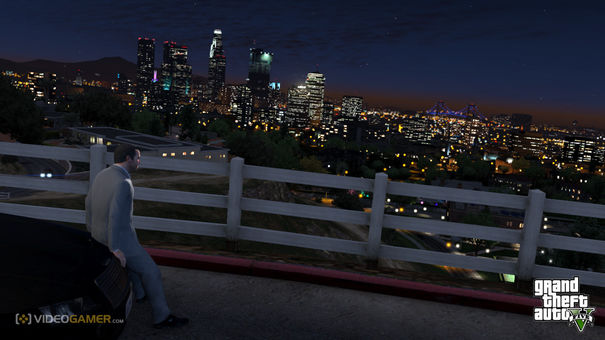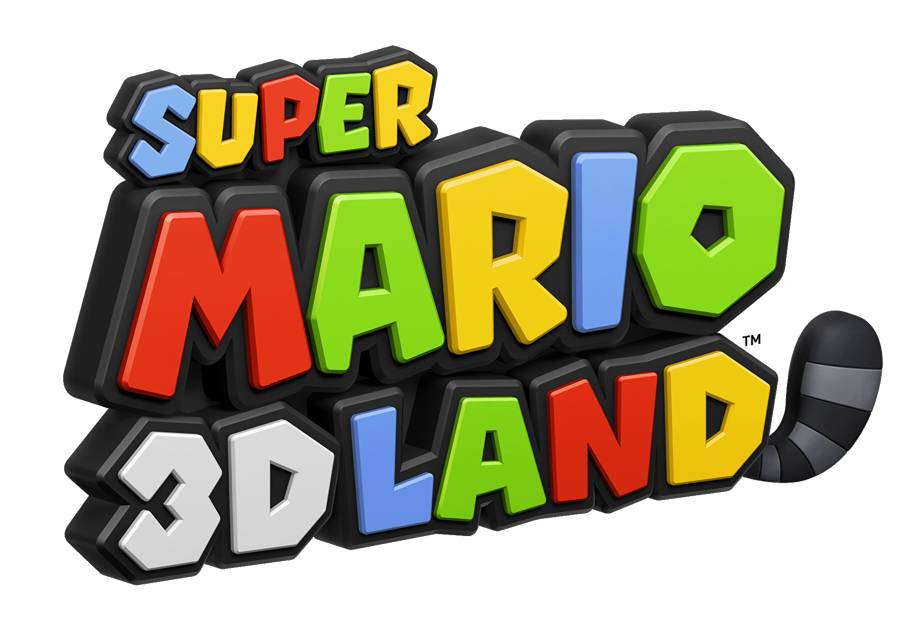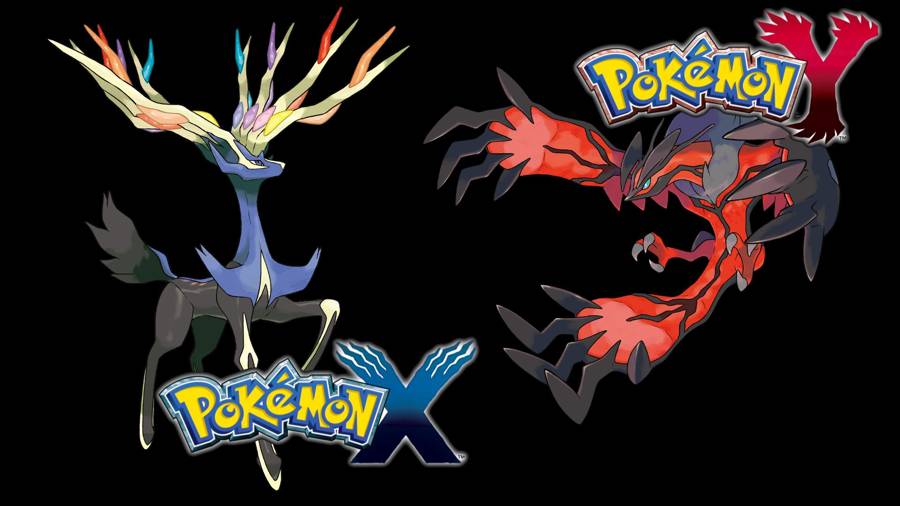

The 3DS XL is bigger.
That's its main selling point and the main reason it's $?? more than the 3DS. It measures a full 3.6 by 6.2 inches (HW) and weighs 11.8 ounces, dwarfing the 2.9 by 5.3-inch 3DS and weighing more than even the DSi XL (but only by 0.7 ounces for the DSi XL and 3.5 ounces for the 3DS). At 0.8 inches, it's as thin as the original 3DS, so it's still a very jacket pocketable device. It uses the same 3DS game cards as the 3DS, and can also use any Nintendo DS game cards.
Rather than being just a scaled-up version of the 3DS, the 3DS XL is much more curved and streamlined, with an almost MacBook-like profile and a matte finish that both feels more sturdy and picks up less fingerprints than the 3DS. The control layout is identical to the 3DS, with the analog pad and direction pad to the left of the lower touch screen, the A, B, X, Y, and Power buttons to the right of the touch screen, and Start, Select, and Home buttons underneath the touch screen. The Start, Select, Home, and Power buttons are larger and flatter than their 3DS counterparts.
Curiously, the A, B, X, and Y buttons are the same size, as are the direction and analog pads, so big-thumbed users won't find much comfort in the bigger handheld device's controls. I didn't have any problem with them, though, and my thumbs are mutant-like in scope. As with the transition from the DSi to the DSi XL, the 3DS XL moves the included stylus from the top of the device near the hinge to the right side. Since the stylus slides into place horizontally now, it's full-sized and not telescoping like the 3DS's stylus. An SD card slot sits to the left of the stylus, where the included 4GB SD card stores all downloaded games and apps.
Sliding switches control the volume (on the left side of the lower half of the device) and 3D level (on the right side of the upper half of the device). The 3D switch has been given a slight upgrade. It now clicks into place when 3D is disabled, and the slider is moved to the bottom, making it less likely to accidentally nudge the 3D on and disrupt your game.
As you can readily see, both screens are significantly larger than their 3DS counterparts. The lower touch screen measures 4.3 inches diagonally compared with the 3DS's 3.1 inches, and the upper, glasses-free 3D screen measures a whopping 4.9 inches, dwarfing the 3DS's 3.6-inch screen and even measuring slightly larger than the Samsung Galaxy S III's $10.99 at Amazon 4.8-inch OLED (but not 3D) screen. It's just a hair smaller than the Sony PlayStation Vita's $169.99 at Best Buy 5-inch OLED touch screen.
Glasses-Free 3D
The new 3D screen is gorgeous, and even slightly improves the 3D effect, but it can't get past the underlying problem with glasses-free 3D. The larger screen uses a parallax barrier to separate the picture into two depending on what angle you look at it, making a different picture hit each eye to produce the 3D effect, just like with the original 3DS's screen. You still have to keep your head positioned correctly to see the 3D effect, and if you move to the side too much, the picture separates and creates headache-inducing crosstalk. The new screen seems slightly more forgiving for vertical motion, but you still need to keep your head aligned with the screen. For a portable device that's tough to keep in one position while playing, that's a nuisance.
Without the 3D effect, though, the screen is still reasonably bright and colorful. However, it's not nearly as bright or colorful as the PS Vita's OLED screen, and at 400-by-240 effective resolution for each eye compared to the PS Vita's 960-by-544 total resolution, it's not nearly as crisp. Combine that with much weaker graphical processing power than the Vita, and the 3DS simply can't produce as nice a picture as Sony's more expensive handheld.
Games and Battery Life
Otherwise, since it's mostly just a scaled-up 3DS, the 3DS XL has identical software and features. For a more detailed look, our existing review of the 3DS covers these features in full. To summarize: The 3DS can play both 3DS and DS game cards, as well as download DSiWare and 3DS Virtual Console games from the Nintendo eStore over Wi-Fi. It can also snap 3D pictures with its main pair of cameras, take self-portraits with its front-facing camera, and browse the Web. You can even download a free Netflix client to watch streaming videos, which look gorgeous on the bigger screen. In short, the 3DS XL is packed with features, but it's nothing you haven't seen before in the original 3DS.
You can transfer downloaded games from your 3DS or DSi to the 3DS XL, but it's a very awkward, convoluted, and buried process. The System Transfer feature is buried in the settings menu, and it copies everything from the first device to the second and then formats the first device. It literally ghosts your 3DS or DSi to the 3DS XL, then resets the original device to factory settings. You can only transfer your system five times total, and only once per week. Nintendo's online system is still underdeveloped, and the lack of an account that covers a single user's devices leaves it years behind Xbox Live and the PlayStation Network.
Battery life seems comparable to the original 3DS, with the new handheld lasting for approximately 4 to 6 hours depending on the brightness of the screen and whether Wi-Fi is enabled. That's respectable, and holds up well against the PS Vita, but it won't last all day for marathon play sessions.
Purchase a 3DS XL




 Super Mario 3D Land World 2 Star Coin Locations
Super Mario 3D Land World 2 Star Coin Locations Pokemon X & Y Guide: Anistar City Gym Guide
Pokemon X & Y Guide: Anistar City Gym Guide . Plays July 22, 2012
. Plays July 22, 2012 An Introduction to Team Fortress 2 - A Fun, Free FPS
An Introduction to Team Fortress 2 - A Fun, Free FPS 18 Games Like Minecraft (Free and Paid) - Fun Sandbox Building Games
18 Games Like Minecraft (Free and Paid) - Fun Sandbox Building Games